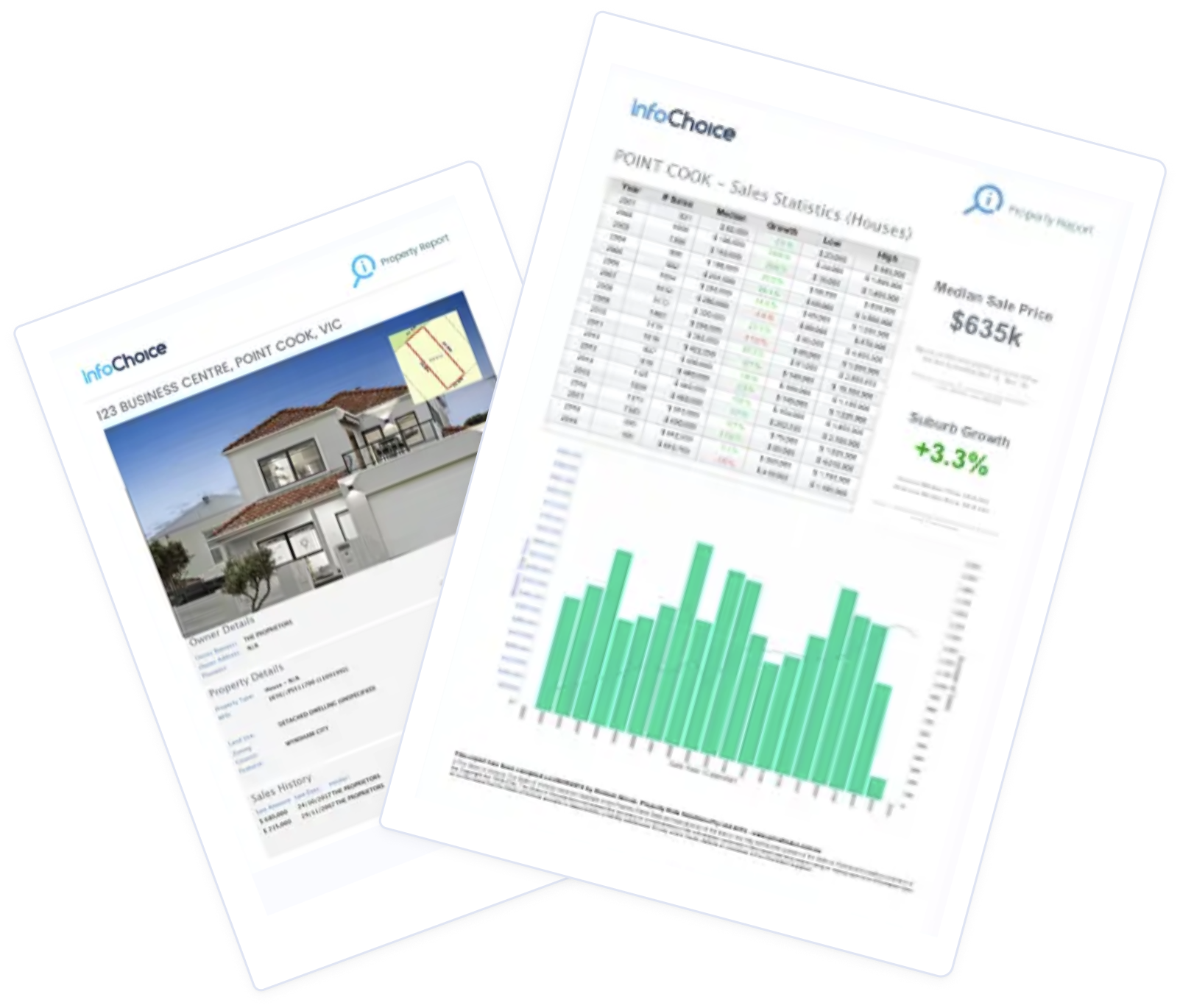
When the Reserve Bank of Australia announces an interest rate cut, many homeowners assume their monthly loan repayments will also go down. But that’s usually not the case.
Some banks and lenders automatically reduce your minimum repayment amount, giving you more breathing room in your monthly budget. Others leave repayments unchanged, unless you actively request a change.
A 0.25% rate cut on your home loan delivers about $90 to $100 a month back in your pocket on the average mortgage size over 30 years. With that, you can calculate the difference it makes over time.
So, knowing how your lender responds can help you make better financial decisions, such as adjusting your budget, increasing your savings, boosting your offset, or exploring refinancing options.
See Also: Home Loan Repayment Calculator
Which banks automatically lower repayments?
-
Commonwealth Bank - No
-
NAB - No
-
Westpac - Yes
-
ANZ - No
-
Macquarie Bank - Yes
-
Bank of Queensland - Yes
-
Judo Bank - Yes
Interested in lower repayments and competitive interest rates? Consider the range of lenders offering owner-occupier home loans below.
| Lender | Home Loan | Interest Rate | Comparison Rate* | Monthly Repayment | Repayment type | Rate Type | Offset | Redraw | Ongoing Fees | Upfront Fees | Max LVR | Lump Sum Repayment | Extra Repayments | Split Loan Option | Tags | Features | Link | Compare | Promoted Product | Disclosure |
|---|---|---|---|---|---|---|---|---|---|---|---|---|---|---|---|---|---|---|---|---|
5.29% p.a. | 5.33% p.a. | $2,773 | Principal & Interest | Variable | $0 | $530 | 90% |
| Promoted | Disclosure | ||||||||||
5.19% p.a. | 5.10% p.a. | $2,742 | Principal & Interest | Variable | $0 | $0 | 80% |
| Promoted | Disclosure | ||||||||||
5.59% p.a. | 5.84% p.a. | $2,867 | Principal & Interest | Variable | $248 | $350 | 90% | |||||||||||||
5.79% p.a. | 5.80% p.a. | $2,931 | Principal & Interest | Variable | $0 | $160 | 80% | |||||||||||||
6.04% p.a. | 6.13% p.a. | $3,011 | Principal & Interest | Variable | $8 | $350 | 60% | |||||||||||||
6.09% p.a. | 6.10% p.a. | $3,027 | Principal & Interest | Variable | $0 | $0 | 100% |
How to lower your repayments if a bank doesn’t do it automatically
If your bank does not automatically lower repayments following a rate cut, there’s no need to fret. You can still take advantage of the lower interest rate, but you’ll need to initiate the change yourself. The good news, it’s usually a quick and simple process.
Here are the most common ways to request a repayment adjustment:
1. Via your bank’s app or online banking
Many banks allow you to adjust your repayment amount directly through their mobile app or internet banking platform. Look for an option under your home loan account labelled “Manage repayments,” “Adjust repayment amount,” or something similar. This can often be done in just a few taps.
2. Call your bank
If the option isn’t available online, or if you’d prefer to speak with someone, calling your bank’s customer service line is another easy route. A representative can walk you through the process and help you set your new repayment amount based on the updated rate.
For more details, you can contact your bank directly or visit their website.
Benefits of keeping your repayments the same
Choosing to keep your repayment amounts steady throughout your loan term offers several financial perks that can make a significant difference over time.
-
Reduced interest costs: When you maintain a repayment amount, a larger portion of your payments goes directly toward the principal balance sooner. This approach decreases the outstanding loan amount faster, which in turn reduces the total interest you pay over the life of the loan.
-
Shortened loan duration: By steadily paying the same amount, you gradually chip away at the principal more aggressively than if repayments fluctuated. This consistent effort helps you clear your debt earlier, freeing you from the loan commitment and allowing you to focus on other financial goals.
See Also: Extra Repayment Calculator
Benefits of lower repayments
Opting for lower loan repayments can provide meaningful flexibility in your financial life, especially when cash flow and long-term planning are top priorities.
-
Greater cash flow: Lower monthly repayments mean more money stays in your pocket each month. This increased cash flow can ease day-to-day financial pressure, cover essential expenses, or simply give you more breathing room. With fewer funds tied up in repayments, you're better positioned to adapt to unexpected costs or lifestyle changes.
-
Opportunity to grow your savings: The extra cash can be directed into a savings or offset account, helping to reduce the interest charged on your home loan. An offset account, in particular, could yield similar benefits as keeping the repayment the same because it works to reduce your loan term, and thus interest payable.
-
More resources to invest: Freed-up funds can also be redirected into other investment opportunities. This can be for building a share portfolio, topping up your superannuation, or investing in property. This strategy allows you to balance your debt repayment with wealth creation, potentially accelerating your long-term financial goals.
See the difference with a home loan repayment calculator
Let’s consider a $500,000 mortgage over 30 years, and interest rates fall by 25 basis points (from 6.00% to 5.75%) — you have two paths to consider.
By keeping your repayments the same after the rate cut, you could save around $1,300 per year in interest on average over the life of the loan.
This happens because the extra amount you pay goes directly toward reducing the principal faster, effectively shortening your loan term and lowering the total interest paid. In fact, maintaining your original repayments could shorten your 30-year loan by nearly two years.
Alternatively, if you choose to lower your repayments to match the new interest rate, your monthly payments would decrease by around $81, giving you immediate cash flow relief.
However, by reducing repayments, you won’t shorten the loan term or save on total interest compared to keeping repayments steady — the loan will still take the full 30 years to pay off, and the overall interest cost remains higher.
To see how these choices could affect your specific situation, check out the InfoChoice Home Loan Repayment Calculator. This can help you compare repayment options and estimate potential savings tailored to your loan amount and term.
Photo by Erik Mclean via Pexels






